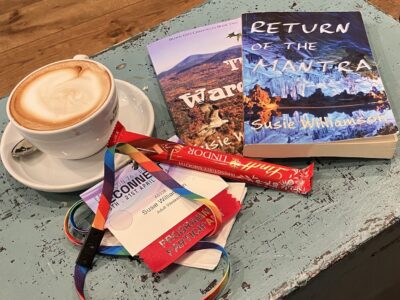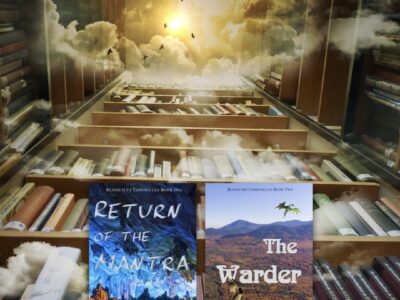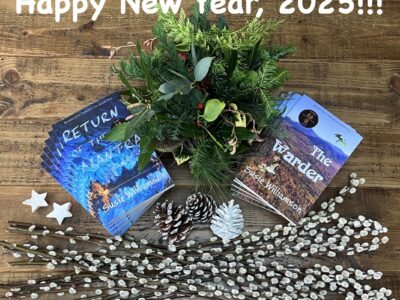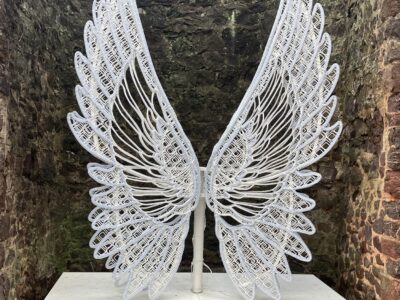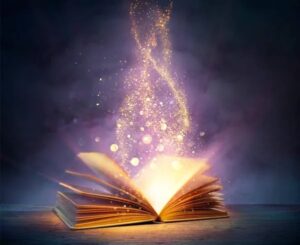
A break in the rain sees a burst of crisp autumn sun and the promise of colder times to come, perfect for getting lost in my WIP, Book 3 of Blood Gift Chronicles, adding layers to an expanding world, and (currently) spending time with a character who’s a true survivor and an inspiration – it feels like weaving magic.
But for now, following a breath of fresh air, time to ponder the subject of visual writing, as promised in my last blog. It’s a subject that came up in a panel topic I took part in in August, at Worldcon 2024 in Glasgow, and was of particular interest for me to consider alongside also being an artist: visual imagery and colour are important to me, as well as the process of telling stories through various mediums including narrative, art and poetry.
But to start, what do we mean by visual writing?
Put simply, visual writing brings narrative to life in a way that forges connections with the reader, evoking an emotional and visual response that triggers a mental image in the mind of the reader. There are various aspects to consider, including characterisation.
Believable characters are the heart of the story, through which readers connect with both the story and the author. We need characters that readers can connect to, characters that inspire, intrigue, excite or frighten, or that we can empathise with and relate to. We need them to leap off the page, and so as writers we need to know them, their history and backstory, their strengths and flaws, what motivates them, what challenges them, how they express themselves. Social context and power structures inform how characters move through the world and what freedoms they have. Someone in a high ranking position might have freedom to speak up, someone in a low ranking position might have to stay silent. In my novels I have a character who’s impulsive and overconfident to the point of being reckless; a character who is misunderstood, powerful, burdened, and courageous; a character filled with self-doubt who evolves into a steady leader; a character whose inner struggles go unnoticed and it almost costs him his life.
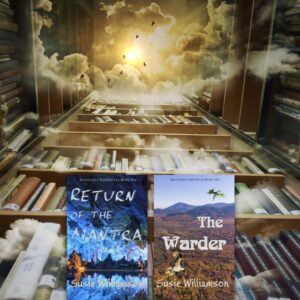
I reveal the internal worlds and emotional landscapes, highlighting what is at stake within the drama. The psychological dimension is a hook for the reader, while taking care to describe just enough to maintain pace. At the beginning of The Warder (Blood Gift Chronicles Book 2), an early scene involves a girl who sees a dragon in the mountains, and consequently sees and feels herself burning in its fire. And then she realises that there is no dragon. Another character sees her appearing crazed. I allow the reader space to reflect on the girl’s traumatic confusion, and what the consequences might be, rather than attempting to over-describe and explain, which would have unnecessarily slowed the pace.
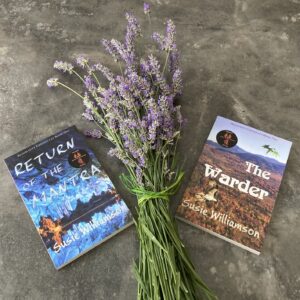
And lastly, the environment. Within my fantasy series, I move through mystical deserts, rugged mountains, lush forests, and I’m careful to describe just enough to support the scene from the viewpoint of the character in the scene. I have a character who is intimately connected with animals, and so sees the world around him through his connection with wildlife. I have characters who see things in shadows, and so their perspective has another dimension to focus on, and a whole different mood. I have a character who’s very connected to her ancestors, and so looks for experiences they may have had. And a character in book 3 that I’m still working on, and we’re moving into the realms of shapeshifting, which completely alters the perspective. Each environment, scene, and character have their own mood, colour palette and tone, (maybe it’s the artist in me). It’s interesting to switch between contrasting scenes, switching colour and mood in a way that livens up the narrative, bringing it to life for the reader. Overall, as readers, what we find visually and emotionally evocative will differ, and what is mentally thought-provoking will be dependent on our interests.

And so, I will leave you with just a few recommendations that I found visually and emotionally evocative, memorable stories that left that all important lasting impact.
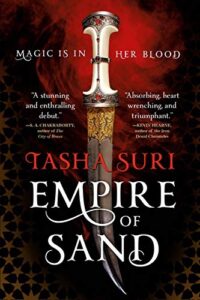
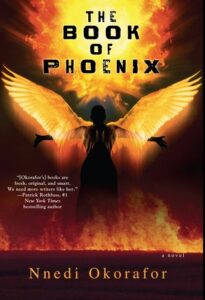
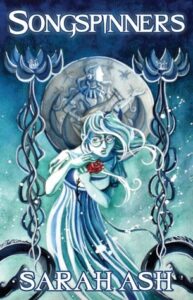
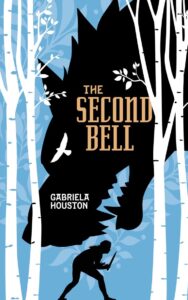
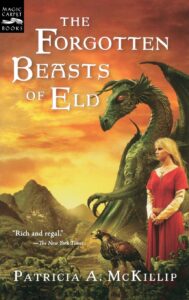
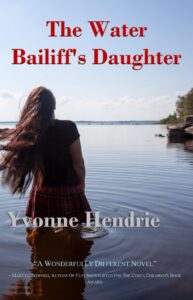
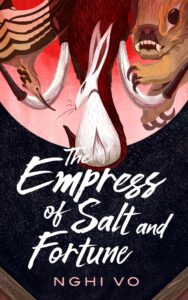
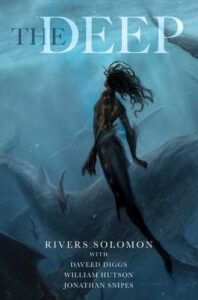
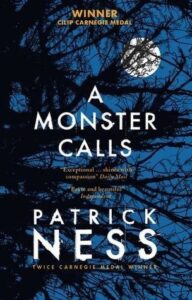
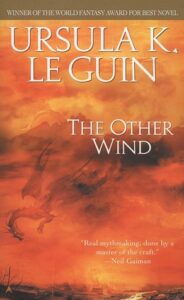
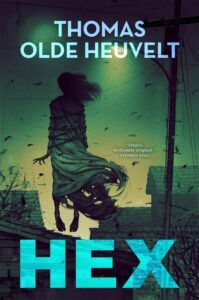
What are you reading?
